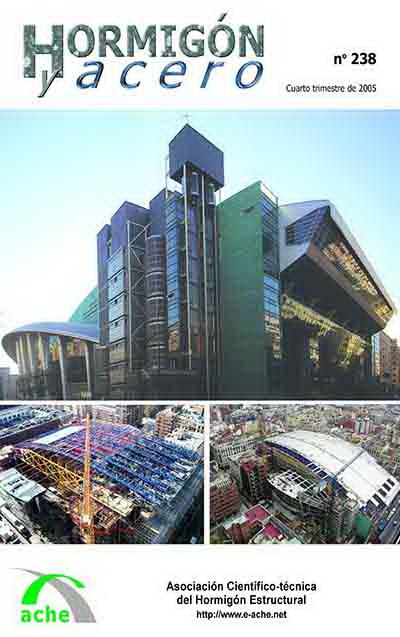Aislamiento y amortiguación en el diseño sísmico
Resumen
Durante el último cuarto del siglo pasado la ingeniería sísmica ha realizado un tangible progreso gracias al desarrollo de nuevas estrategias de diseño. Este documento ilustra los dos principios fundamentales en que se basan dichas estrategias, es decir el Aislamiento y la Amortiguación. Ambos principios, con certeza, constituyen las más eficaces herramientas en las manos de los proyectistas y, durante los últimos años, su adopción se ha generalizado rápidamente entre la comunidad de los ingenieros sísmicos. Para entender la importancia y la lógica de esta adopción, en la presentación se resumen en primer lugar los conceptos fundamentales del principio de energía. Este documento también ilustrará como el uso de la ecuación de balance de energía ofrece una base racional para definir una estrategia de diseño, que tiene en cuenta el tipo de estructura, proporcionando una ventaja máxima en función de las categorías existentes de dispositivos antisísmicos. En efecto, se debe subrayar el hecho de que al progreso de la ingeniería sísmica ha contribuido mucho también la aparición de numerosos tipos de dispositivos antisísmicos en el mercado, sin los cuales no se hubieran podido nunca realizar las numerosas aplicaciones prácticas que hoy se pueden observar en todo el mundo. El documento también menciona las posibles opciones de diseño que el ingeniero sísmico puede adoptar e indica, en cada caso, las categorías de dispositivos que pueden ser aplicados. De esta manera, los dispositivos se clasifican automáticamente de acuerdo a un orden lógico, así como también por su creciente capacidad de disipar la energía. Finalmente, se describen brevemente los tipos de dispositivos usados normalmente y se da una interpretación de su funcionamiento basada en el principio de energía.

